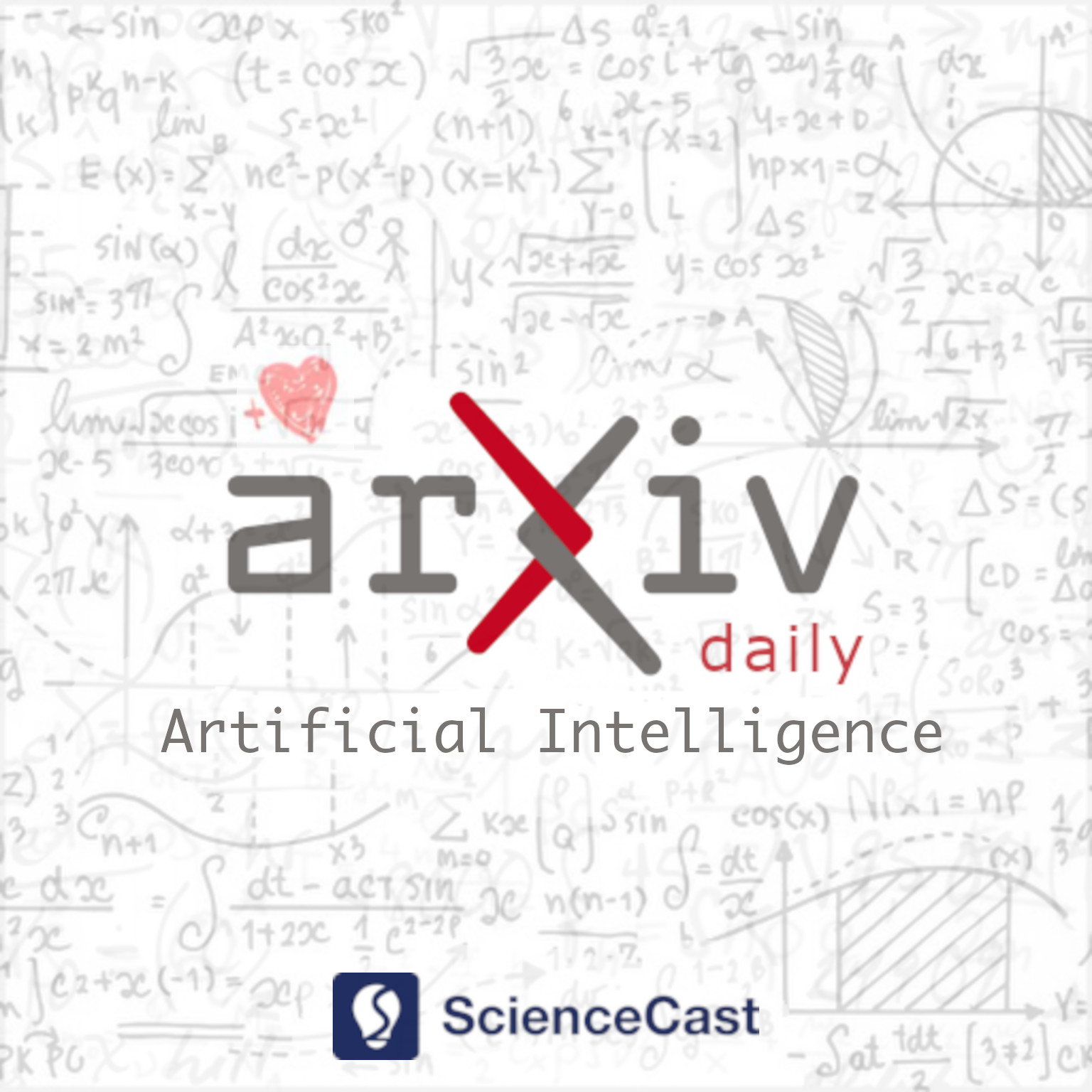
Artificial Intelligence (cs.AI)
Tue, 18 Apr 2023
1.Addressing Variable Dependency in GNN-based SAT Solving
Authors:Zhiyuan Yan, Min Li, Zhengyuan Shi, Wenjie Zhang, Yingcong Chen, Hongce Zhang
Abstract: Boolean satisfiability problem (SAT) is fundamental to many applications. Existing works have used graph neural networks (GNNs) for (approximate) SAT solving. Typical GNN-based end-to-end SAT solvers predict SAT solutions concurrently. We show that for a group of symmetric SAT problems, the concurrent prediction is guaranteed to produce a wrong answer because it neglects the dependency among Boolean variables in SAT problems. % We propose AsymSAT, a GNN-based architecture which integrates recurrent neural networks to generate dependent predictions for variable assignments. The experiment results show that dependent variable prediction extends the solving capability of the GNN-based method as it improves the number of solved SAT instances on large test sets.
2.Impact Of Explainable AI On Cognitive Load: Insights From An Empirical Study
Authors:Lukas-Valentin Herm
Abstract: While the emerging research field of explainable artificial intelligence (XAI) claims to address the lack of explainability in high-performance machine learning models, in practice, XAI targets developers rather than actual end-users. Unsurprisingly, end-users are often unwilling to use XAI-based decision support systems. Similarly, there is limited interdisciplinary research on end-users' behavior during XAI explanations usage, rendering it unknown how explanations may impact cognitive load and further affect end-user performance. Therefore, we conducted an empirical study with 271 prospective physicians, measuring their cognitive load, task performance, and task time for distinct implementation-independent XAI explanation types using a COVID-19 use case. We found that these explanation types strongly influence end-users' cognitive load, task performance, and task time. Further, we contextualized a mental efficiency metric, ranking local XAI explanation types best, to provide recommendations for future applications and implications for sociotechnical XAI research.
3.PaTeCon: A Pattern-Based Temporal Constraint Mining Method for Conflict Detection on Knowledge Graphs
Authors:Jianhao Chen, Junyang Ren, Wentao Ding, Yuzhong Qu
Abstract: Temporal facts, the facts for characterizing events that hold in specific time periods, are attracting rising attention in the knowledge graph (KG) research communities. In terms of quality management, the introduction of time restrictions brings new challenges to maintaining the temporal consistency of KGs and detecting potential temporal conflicts. Previous studies rely on manually enumerated temporal constraints to detect conflicts, which are labor-intensive and may have granularity issues. We start from the common pattern of temporal facts and constraints and propose a pattern-based temporal constraint mining method, PaTeCon. PaTeCon uses automatically determined graph patterns and their relevant statistical information over the given KG instead of human experts to generate time constraints. Specifically, PaTeCon dynamically attaches class restriction to candidate constraints according to their measuring scores.We evaluate PaTeCon on two large-scale datasets based on Wikidata and Freebase respectively. The experimental results show that pattern-based automatic constraint mining is powerful in generating valuable temporal constraints.